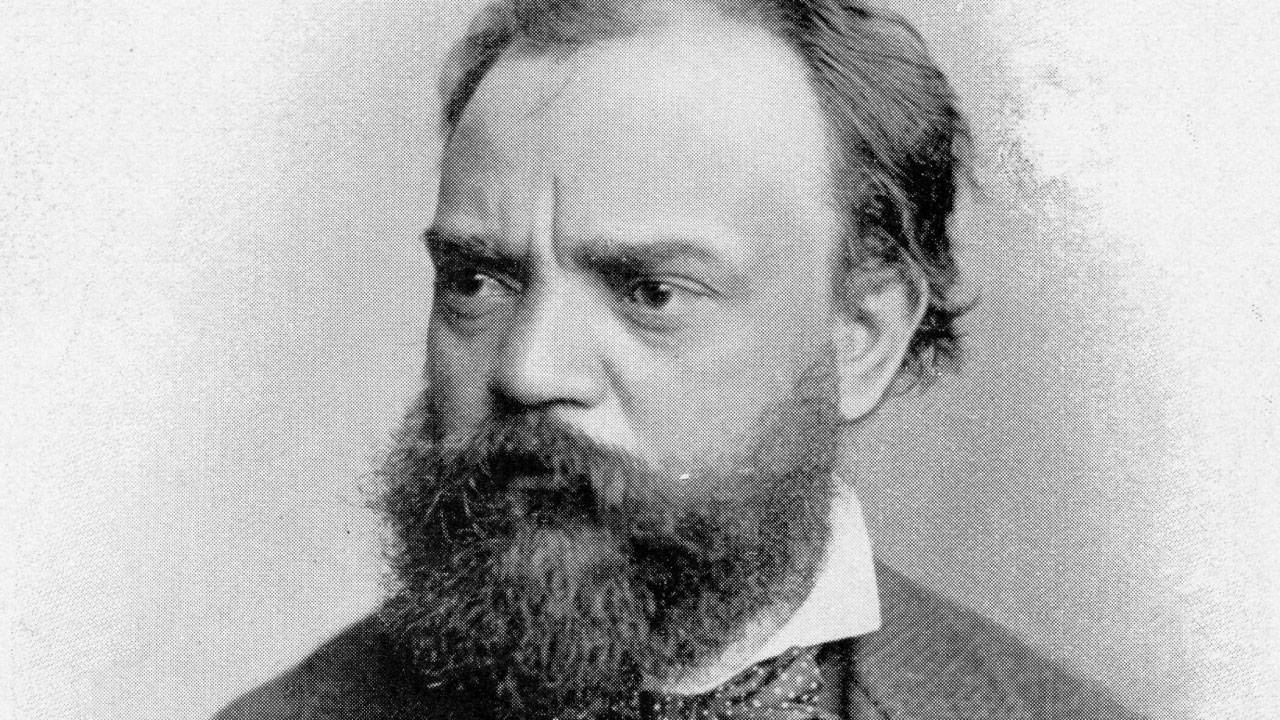
The Story Behind Dvořák’s Carnival
Antonín Dvořák (1841–1904) is celebrated as one of the most influential Czech composers of the Romantic era. Among his many masterful works, Carnival (“Karneval”), Op.[…]

The 5 Best Compositions by Dvorak
Antonín Dvořák (1841–1904) was one of the most significant composers of the Romantic era. His music beautifully blends Czech folk elements with classical structures, creating[…]

The Story Behind Dvorak’s Rusalka Op. 114
Antonín Dvořák, one of the most celebrated Czech composers, created a masterpiece of opera with Rusalka, Op. 114. Composed in 1900, the work stands as[…]

The Story Behind Dvořák’s Mass in D Major
Antonín Dvořák, one of the most celebrated composers of the Romantic era, is known for his remarkable contributions to symphonic music, chamber works, and choral[…]

Top 10 Dvořák Songs
Antonín Dvořák, a towering figure in Romantic music, composed works that are celebrated for their melodic beauty and inventive orchestration. His compositions span symphonies, chamber[…]

Antonín Dvořák – Biography and History
Antonín Dvořák, one of the most celebrated composers of the Romantic era, was born on September 8, 1841, in Nelahozeves, a village near Prague, which[…]

Fascinating facts about Dvorak
Antonín Dvořák, a Czech composer of the late Romantic era, left an indelible mark on the world of classical music. Here are ten fascinating facts[…]

The Harmonic Brilliance of Antonín Dvořák: Unveiling His Top 10 Songs
Antonín Dvořák, the renowned Czech composer, is celebrated for his captivating melodies, evocative harmonies, and profound musical expressions. His works span a wide range of[…]

7 Facts About Dvorak You Didn’t Know
Antonín Dvořák was one of the most influential composers of the late 19th and early 20th centuries. His music is celebrated for its melodic richness,[…]

Dvorak – Short Biography
Dvorak – Short Biography vořák was born in Nelahozeves, a Bohemian village on the Vltava River north of Prague. He came to know music early, in[…]